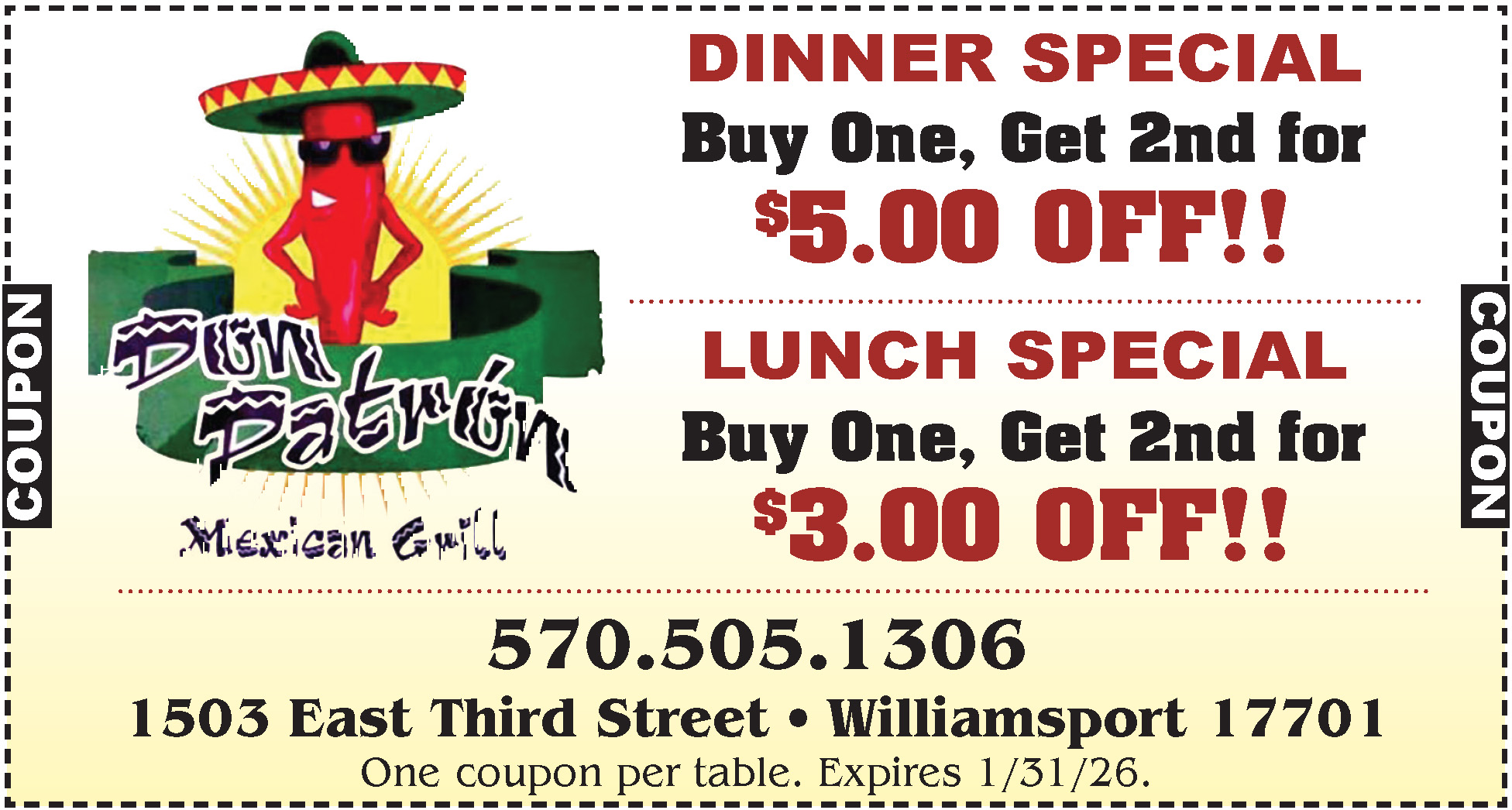The fall turkey season is fast approaching; most WMUs open on Oct. 29, but the closing dates vary in the various units, so check your particular WMU for the closing date.
Hunters may take a bearded or unbearded bird during the fall season. I know a lot of hunters will focus on bagging a bearded turkey, and I confess I tend to do that myself these days, but in my early hunting days, I was anxious just to bag a turkey beard or no beard.
Sure, watching a big gobbler all fanned out as he approaches, within gun range, while gobbling at the top of his lungs is a very exciting hunt, but it can also be more challenging.
Years ago, I took my granddaughter on her first gobbler hunt, and within the first couple of hours, I managed to call in a couple of big gobblers to my decoys, and she bagged a dandy.
That’s not always the case, and to be honest, when I take someone on their first turkey hunt, I usually encourage them to shoot the first bird that comes into range.
Years ago, my wife decided to try turkey hunting. It so happens that during the archery season, I had busted up a good-sized flock of birds that I was quite sure would roost nearby. The next morning, we headed out to the same area, and sure enough, we were able to break up the flock that had probably just recently come down from their roosting site. We waited a bit, and then I let loose with some hen yelps, and several birds began to close in immediately. Minutes later, my wife shot her first turkey; no, it wasn’t a gobbler, but nonetheless an exciting and satisfying hunt. Needless to say, my wife now enjoys a turkey hunt.
If you plan on introducing someone new to turkey hunting, a fall hunt would not be a bad choice since both bearded and unbearded birds are in season.
Check out your hunting locations ahead and look for turkey signs like scratchings, dusting areas, feathers, footprints, and droppings.
Come fall, good areas to check out offer evening roosting and nearby feeding areas. Good foods are acorns, wild grapes, and various farm crops.
This time of year, the young are maturing, and some good numbers of birds may be holding up together, increasing opportunities and breaking up the flock, and then calling is a pretty effective way to score.
Speaking of calling, there are a host of different calls out there, and it would take several large articles to talk about what’s available. If you want to keep it simple, especially if you are trying to introduce a new person to turkey hunting, you may want to opt for a simple box call.
Some of the calls available include diaphragm calls, tubes, wingbones, and a variety of friction calls, including the hinged-lid box, scratch box, push button calls, and peg and slate calls.
The hinged box call is probably one of the easiest to master, and it’s long been one of the most popular.
Probably one of the most important things to point out to the new turkey hunter is not to overdo the calling. Too much calling and not enough patience can sometimes send the birds in the opposite direction.
Well, let’s hope those turkeys we’ve seen feeding at the edge of the woods the past few weeks are still somewhere nearby, giving a new turkey hunter a chance to bag that first bird.



